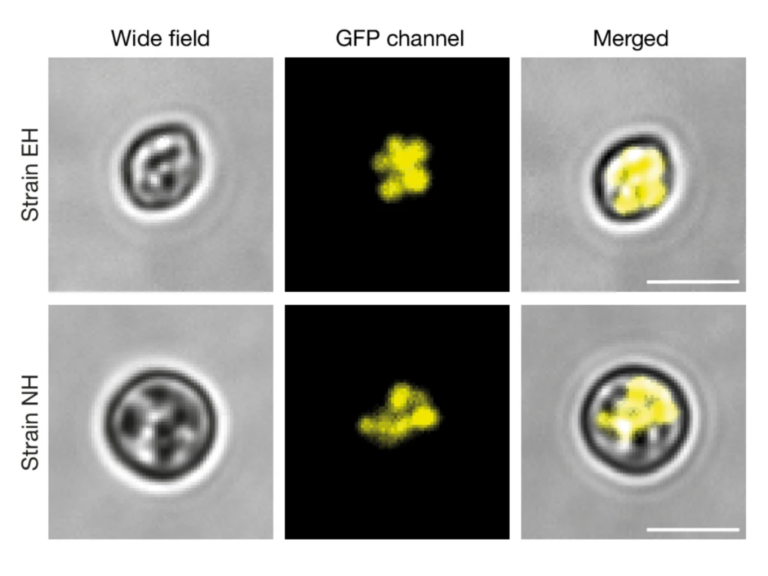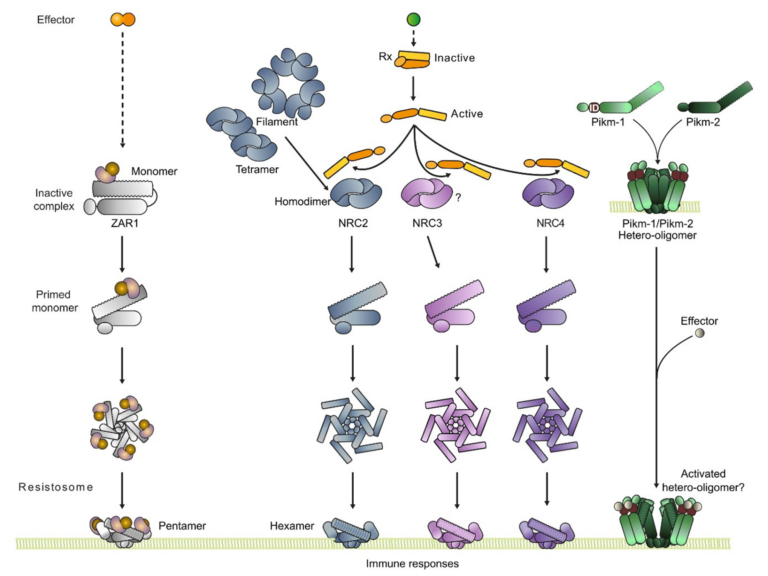Allelic compatibility in plant immune receptors facilitates engineering of new effector recognition specificities
Engineering the plant immune system offers genetic solutions to mitigate crop diseases caused by diverse agriculturally significant pathogens and pests. Modification of intracellular plant immune receptors of the nucleotide-binding leucine rich repeat (NLRs) superfamily for expanded recognition of pathogen virulence proteins (effectors) is a promising approach for engineering novel disease resistance. However, engineering can cause NLR autoactivation, resulting in constitutive defence responses that are deleterious to the plant. This may be due to plant NLRs associating in highly complex signalling networks that co-evolve together, and changes through breeding or genetic modification can generate incompatible combinations, resulting in autoimmune phenotypes. We have previously shown how alleles of the rice NLR pair Pik have differentially co-evolved, and how sensor/helper mismatching between non-co-evolved alleles triggers constitutive activation and cell death (De la Concepcion et al., 2021b). Here, we dissect incompatibility determinants in the Pik pair and found that HMA domains integrated in Pik-1 not only evolved to bind pathogen effectors but also likely co-evolved with other NLR domains to maintain immune homeostasis. This explains why changes in integrated domains can lead to autoactivation. We then used this knowledge to facilitate engineering of new effector recognition specificities overcoming initial autoimmune penalties. We show that by mismatching alleles of the rice sensor and helper NLRs Pik-1 and Pik-2, we can enable the integration of synthetic HMA domains with novel and enhanced recognition of an effector from the rice blast fungus. Taken together, our results reveal a new strategy for engineering NLRs, which has the potential to allow an expanded set of integrations and therefore new disease resistance specificities in plants.


